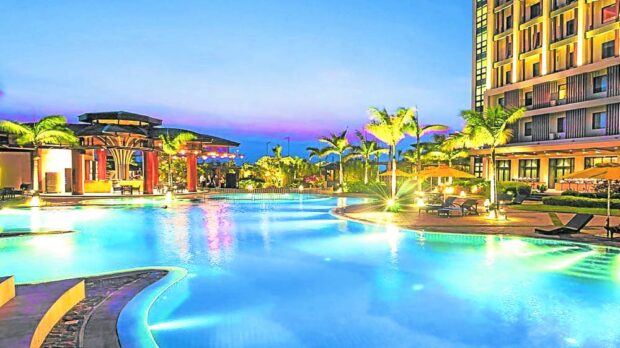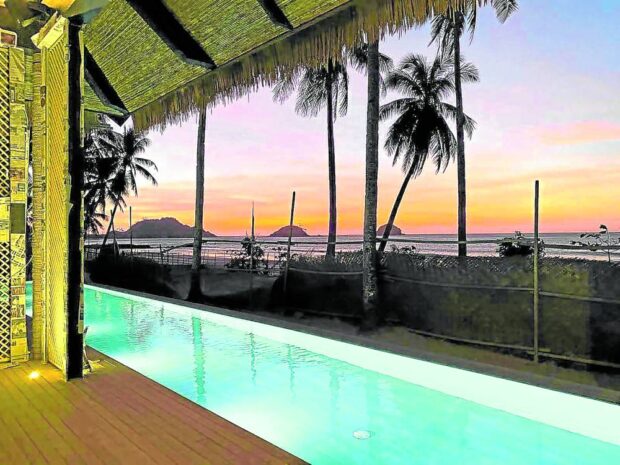Exploring the reasons to love the Philippines
The return to normalcy has been a positive development for the Philippine leisure sector.
The resumption of face-to-face events has been propping up the demand for meetings, incentives, conferences, and exhibitions (MICE) facilities, while business and leisure travels are on the rise with foreign arrivals likely to breach the Department of Tourism’s (DOT) target for 2023. The domestic market meanwhile continues to lift occupancies and daily rates.
Developers are now lining up major projects across the archipelago, anticipating demand from business and leisure travelers. The recalibration of the DOT’s strategy, including its branding, should also further entice more international travelers to throw the country a glance and explore the multitude of reasons to love the Philippines.
Colliers believes that the bolstered leisure sector will continue to expand given the record-high supply of new keys in 2023.
Development of more MICE facilities
People are now more willing to attend face-to-face meetings. Corporations, business groups, and even families have been holding in-person events especially after the government relaxed restrictions and dropped mask mandates.
Colliers believes that hotel developers and operators should assess the future demand for MICE facilities given the segment’s potential for a strong rebound. This should be aligned with the government’s thrust of modernizing existing and building new airports across the country.
The DOT is likewise priming the Philippines as a major MICE destination, and this should enable the country to corner major global MICE events and further boost tourist arrivals and spending across the archipelago.
Homegrown or foreign brands in key areas
Colliers believes that developers need to strategically plan their expansion especially now that the sector is gradually recovering.
In fulfilling their expansion plans, developers should carefully assess whether to launch or expand their own homegrown brands or partner with foreign hotel operators.

Colliers believes that developers need to strategically plan their expansion now that the sector is gradually recovering.
Colliers data show that about 42 percent of new hotels that will open in Metro Manila from 2023 to 2024 are foreign brands. While we see more Metro Manila openings in the pipeline, Colliers believes there are also opportunities to build more accommodation facilities in key destinations including Pampanga, Cebu, Bohol, Davao, Palawan and Bacolod. Aside from the traditional growth areas, developers should also build hotels near major convention centers and newly-modernized and expanded airports.
Align strategies with DOT initiatives
Colliers Philippines believes that hotel developers and operators should align their programs and offering with the DOT’s latest initiatives.
Aside from expanding provincial presence given the DOT’s thrust to boost domestic tourism spending, developers should also maximize the government’s plan to rehabilitate the Ninoy Aquino International Airport (NAIA), modernize other airports, and digitalize visa issuance in major source markets such as China and India.
H1 2023 arrivals breach FY 2022 level
Data from the DOT showed that foreign arrivals as of H1 2023 reached 2.7 million, surpassing the 2.65 million full year arrivals in 2022.
Among the top source markets during the period were South Korea, United States, Australia, Japan and Canada, covering 58 percent of arrivals. By end 2023, the DOT expects international visitors to hit 4.8 million, still far from the record high 8.3 million arrivals in 2019, but 453 percent higher than the paltry 1.5 million in 2020.
The DOT earlier launched its new tourism slogan “Love The Philippines” to entice more tourists to visit the country and reach its target of 12 million arrivals by 2028.
Occupancy to reach 65%
In H1 2023, average hotel occupancies in Metro Manila reached 61 percent, higher than the 55 percent recorded in H2 2022.
Colliers attributes the increase in occupancy to the continued rise in foreign tourists, return of in-person events and sustained demand from the local staycation market. By end 2023, Colliers projects average occupancy in the capital region to reach 65 percent partly driven by holiday spending as well as year end MICE activities.
Metro Manila occupancy is now near pre-pandemic level. In 2019, average occupancy peaked at 70 percent, before plummeting to 20 percent in 2020 due to pandemic-induced mobility restrictions.
Record-high supply
By end 2023, we expect the completion of 5,300 new rooms, an all-time high. Among the new hotels likely to be completed for the remainder of the year are Hotel 101 The Fort, Seda Hotel Bay Area, Red Planet The Fort, Ibis Styles Hotel, Lansons Place Manila and Grand Westside Hotel. The Bay Area and Fort Bonifacio are likely to cover about 61 percent of the new supply.
ADRs to grow by 6%
In H1 2023, average daily rates (ADRs) grew by 5.2 percent compared to the same period a year ago. Five-star hotels, especially those in key business hubs, continue to post the fastest growth in ADRs due to sustained demand from business travelers and corporates for MICE events such as pharmaceutical product launches.
Colliers retains its forecast of a 6 percent ADR growth in 2023. Our projected increase in ADR in 2023 is likely to be tempered by the delivery of a substantial number of new hotel keys in H2 2023.
The hotel segment is one of the sectors sustaining the growth of the Philippine property sector. There is so much excitement and optimism from travelers, developers, and operators. Definitely, there’s so much more to explore and love about the Philippines.
Colliers believes that developers need to strategically plan their expansion now that the sector is gradually recovering. Colliers believes that the bolstered leisure sector will continue to expand.

